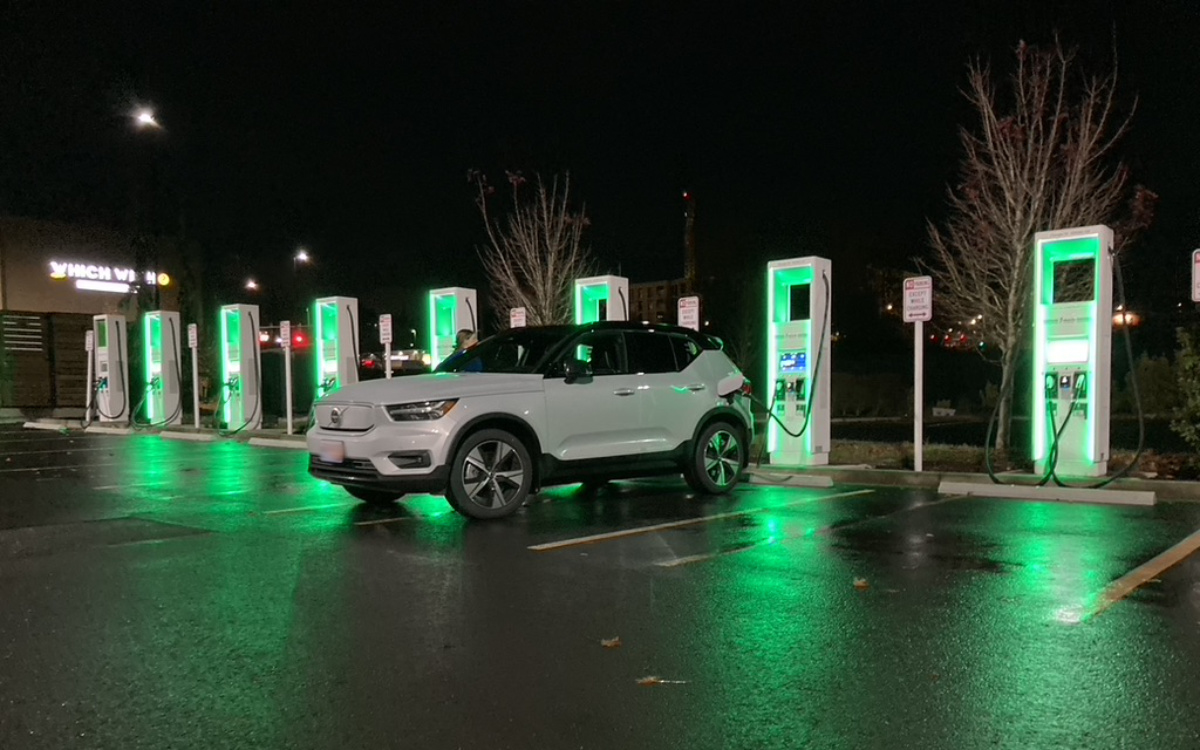Public charging stations can be built either with proprietary or open charge point protocol technology. An OCPP specialist provides an explainer on the merits of the open protocol
As the electric vehicle market has grown rapidly in recent years — reaching 10 percent of new car sales in B.C. and more than seven percent in Quebec — there also has been an increase in demand and supply of public charging networks and stations.
EV drivers know this, and that’s why they typically have several charging network apps on their phones or carry multiple access cards. But for charging station owners or hosts, it’s a bit more complicated.
Two components
Essentially, EV charging involves two components: hardware and software. The hardware is the physical charging station with cables that plug into the vehicle. The software is the operating system connecting the back office to the hardware and — among other things — it manages payment processing, data collection, GPS mapping, and troubleshooting.
The software side is the reason EV drivers need to carry multiple apps or cards. That’s because there are many operating networks that can be used to operate hardware (unless that hardware is in a proprietary environment).
There are differences on the hardware side, too. These don’t affect the driver, but they do make a tremendous difference for the station owner. Because unlike drivers, who can sign up to multiple networks, station operators buying smart chargers (most Level 2s and all Level 3s) have to choose between a proprietary system or one that employs open-charge point protocol (OCPP). And each has its pros and cons.
Here’s a list of the main characteristics of each option:
Proprietary Networks:
- Vertically integrated and vendor-locked (software and hardware)
- Dependent on annual payment processing fees
- Only accessible to one network provider (which is the electric vehicle supply equipment manufacturer)
- Locked into the same software/hardware provider for the entire lifetime of the charging unit
- Locked into the same system for future EV charging expansion if required
- The potential risk of future stranded assets
Open Charge Point Protocol (OCPP):
- Hardware and software are sold separately (turnkey solutions available)
- Freedom of network providers (same as a cell phone)
- Can switch providers if unsatisfied with the current one on all hardware
- Suppliers operate in a competitive market
- Custom software features upon request
- Possible integration with building energy management system (EMS)
To differentiate the two, let’s look at the whole EV charging system. First, there is the hardware (charging unit) and the operating software, including the mobile app. In order for the system to work, both the hardware and software must be integrated. In a proprietary network, the hardware can only be integrated to the EV charger manufacturer’s mobile app. The mobile app (and operating software) will also be used to process payments, provide energy usage data, plugged-in time as well as additional features.
For each transaction, there is a payment processing fee ranging from 10 percent to 20 percent, depending on the provider, along with an annual monitoring fee per charging port. The charging station host (owner) will have full control over the EV charging station management, annual and payment processing fees, and customer service.
Open charge point protocol charging technology (OCPP).
Within a proprietary network solution, the station owner will be locked into the same app and management software vendor for the lifetime of the station, as no other back end can be integrated into that EV charging unit. The client is subject to future fee increases, network issues, future expansion and whatever level of customer service the vendor provides. It is similar to having a phone that can only connect to one provider.
OCPP integrates all hardware with OCPP operating software. When a client purchases OCPP-compatible hardware, the host has the freedom to choose which network provider they wish to monitor the charging station with. If a client isn’t satisfied with its software (mobile app) provider, he can move to another supplier. It’s easier than doing the same with a cell phone, as there is no need to replace the SIM card or do an on-site visit. OCPP is regulated by the Open Charge Alliance.
Many OCPP platforms also have the ability to integrate with building energy management systems to allocate the desired load to EV charging stations in different scenarios: workplace, industrial, peak rates, multi-residential and commercial.
In Canada, service providers that have chosen OCPP include the new Ivy DC fast-charging network being built across Ontario. It uses Tritium charging hardware and Greenlots as a network provider. Likewise, all Electrify Canada and Petro-Canada fast chargers are on OCPP, and between them use chargers from at least four different vendors.
A unified approach
For asset managers, landlords or anyone managing multiple properties, an EV charging station strategy is strongly advised. Leaving the decision of what EV charging hardware to acquire up to the local property manager can result in clients having many different brands on different properties — some OCPP, some proprietary — and that’s unwieldy. Depending on the host’s preference, an OCPP approach provides the flexibility to choose different hardware to use across locations while using one operating software. A proprietary solution will provide easy integration with one solution for all assets with one choice of operating software for the lifetime of the EV system.
If you are looking to install new EV charging stations, the choices come down to this: a proprietary network, which provides great reliable service but ties you to one software company for the charger’s lifetime, or OCPP, which provides the same hardware quality and integrates with many network companies to develop innovative products and compete on pricing.




